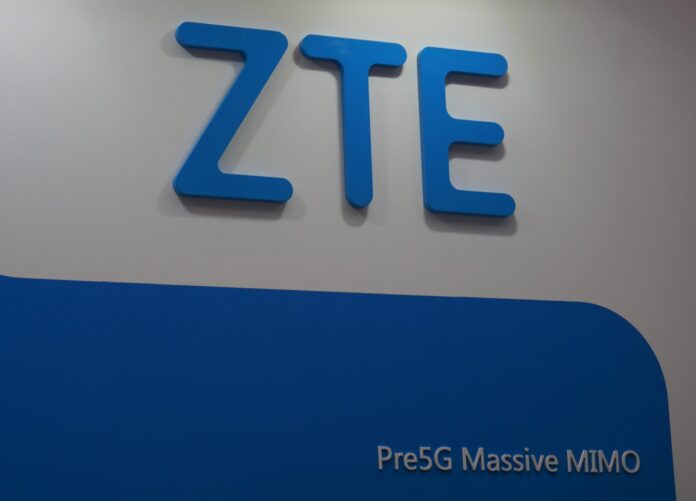ZTE wants its Unified Air Interface technology integrated into 5G new radio, promotes a pre-5G approach
LONDON – The 3GPP announced earlier this week the first formal specifications for “5G” technology, which will define new radio technology and is expected to be ready in June 2018. Two options for 5G new radio are to be defined, one with the control plane in current LTE networks and another with control and user plane only in 5G, also called the non-standalone and the standalone approaches.
Chinese telecommunications vendor ZTE said it has every intention to have its technology integrated in the upcoming standard.
“Our ambition is to get our Unified Air Interface technology integrated into the 5G new radio standard,” Jacky Wu, global marketing director for ZTE’s 5G Product Team, told Industrial IoT 5G Insights at the 5G World event. “Basically we want standards as quickly as possible and our key technology integrated in those standards.”
UAI is said to be a three-layered solution, composed of a unified bottom layer containing a transparent physical layer, which unified structure dynamically adapts to multiple services across spectrum bands; a middle layer that contains flexible network slices; and the top layer is said to service aware and enables resource sharing. Technologies at play in ZTE’s UAI are FB-OFDM waveform, enhanced mobile broadband, multi-user shared access and massive multiple-input/multiple-output antenna technology.
While promoting UAI as a building block of 5G, ZTE is also pushing ahead with “pre-5G,” which it claims enables 5G capabilities in “4G” networks and handsets.
“We can use some 5G technology in 4G networks before 5G is commercially available,” said Sen Lin Zhang, part of ZTE’s CTO Group. “With massive MIMO, we can get a three- to six-times increase in throughput,” adding it’s also possible to do network slicing in virtualized environments today.
ZTE is not alone with pre-5G deployment and says competition is even tougher than it was in 3G and 4G. This is also the case for operators, which must find ways beyond mobile broadband to generate new revenue streams when 5G becomes available.
In the meantime ZTE said it has had some 5G discussions with Google.

